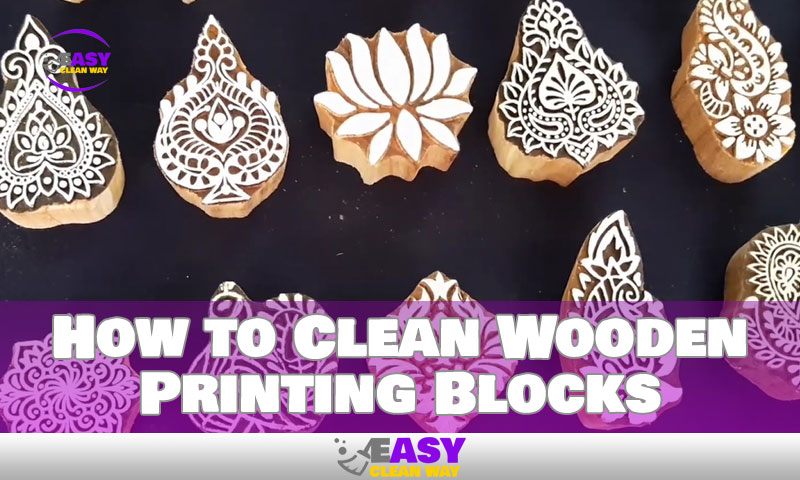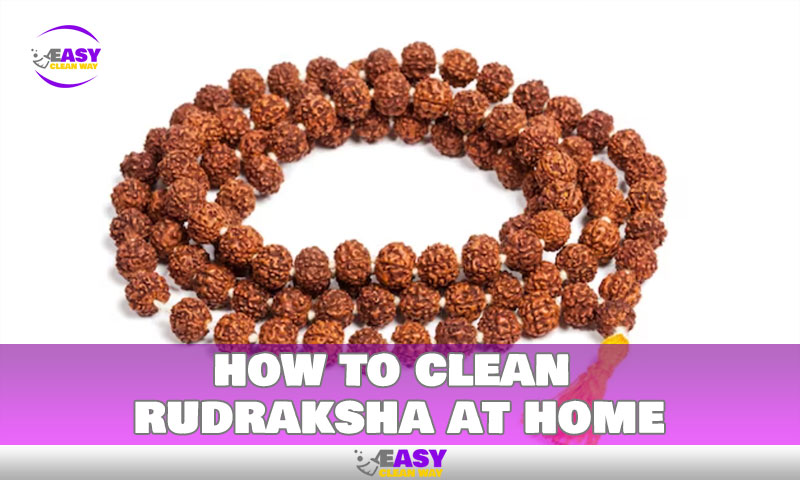Do you have a wooden printing blockline that needs a little bit of cleaning?
Not everyone has the time to clean their printing Blocks, but it’s important to take care of them. Wooden printing Blocks can become dull and unappealing if not taken care of properly. It’s also important to ensure that the wooden material remains in good condition for years to come.
Thankfully, cleaning wooden printing blocks is simple and will restore their new-looking appearance. In this article, we’ll provide you some useful advice and pointers for cleaning your wooden printing blocks efficiently and quickly. Also, we’ll talk about the many cleaning options and which ones are best for the specific sort of wooden blockline that you have. Finally, we’ll go through the fundamental procedures required to keep your wooden blockline in prime shape.
Types of Wood Used to Make Printing Blocks
Before you begin to clean your wooden printing Blocks, it’s important to know what type of wood is used in the blocks. Different types of wood have different properties and thus require different cleaning techniques. Cedar blocks, for example, are particularly soft, making them easier to clean.
On the other hand, oak blocks are tougher and require more caution while cleaning. Mahogany, cherry, maple, and walnut are some additional types of wood that are used to manufacture printing blocks. While choosing the right cleaning solution and cleaning method for your blocks, knowing the type of wood will be helpful.
Cleaning Solutions
There are lots of options when it comes to choosing a cleaning agent. Usually speaking, cleaning wooden blocks with mild dish soap and warm water is efficient, inexpensive, and secure. Another option is to use a cleaner designed specifically for cleaning wooden printing blocks. These cleaners are available in a variety of forms, including cleansers, polishes, and waxes. Before using any kind of cleaner, make sure to read the directions thoroughly and always test the solution in a discrete location first.
Cleaning Technique
Now that you’ve identified the type of wood and chosen a cleaning solution, it’s time for you to begin cleaning your blocks. Start by lightly dampening a soft cloth or sponge with the cleaning solution. Gently rub the cloth or sponge over the surface of the block while taking care to avoid applying too much pressure. This will help to remove dust and dirt from the block and will also help to create a smooth finish on the surface. When cleaning the block, make sure to clean in the same direction as the grain of the wood to avoid damaging the block.
After cleaning the block, give it time to completely dry before using a polishing or waxing product. There are cleansers made expressly for cleaning, polishing, and sealing wooden blocks on the market. Apply a thin, even layer of the product on the block while paying close attention to the package’s instructions. This can help stave off further staining and discolouration while restoring the wood’s inherent beauty.
Finally, it’s critical to routinely maintain and clean your block if you want to make sure that it stays in immaculate shape for many years. Whenever a block gets exceptionally dirty, it should be cleaned as soon as you can to keep the dirt from getting trapped in the pores of the wood. Frequent maintenance will also help to keep your block’s quality and beauty up, extending its useful life.
How to Identify Different Types of Prints on Wooden Printing Blocks
Once the block has been thoroughly cleaned and waxed, you can begin to identify the different types of prints on the block. There are three main types of prints that can be found on wooden printing blocks, relief prints, intaglio prints, and planographic prints.
The most popular kind of wooden block print is a relief print, which is made by removing the unwanted portions of the block and leaving behind a raised design. By carving out specific portions of the block, intaglio prints are created, leaving a design that is recessed into the block. Finally, planographic prints are produced by combining intaglio and relief printing methods.
It’s critical to understand the sort of print on your wooden block so that you can choose the inks and papers that will work best with it. It is advisable to thoroughly examine the block to look for any obvious carving or indentations that could assist you identify the type of print that is on it.
Use high-quality ink and paper that are suitable with the print once you’ve determined the sort of print on the block. It’s recommended to seek assistance from an expert printer or art supply store if you’re unclear about what ink and paper to use.
It’s time to start printing once the block, inks, and paper have all been prepared. Apply the ink with care to the desired regions of the block using a spoon or a gentle brush. Use mild, equal pressure; applying too much pressure may smear the ink or destroy the pattern.
You can start pressing the paper into the block once you have completed inking it. Remove the block from the paper carefully after the paper is firmly in place, then check the outcome.
Essential Cleaning Supplies for Cleaning Your Wooden Printing Blocks
Cleaning your wooden printing Blocks is easy and will make it look brand new in no time. First, you’ll need to collect the essential cleaning supplies, which include: a soft bristled brush, a mild soap or detergent solution, a cloth or sponge, and water.
These materials are crucial because they will allow you to clean your wooden printing blocks without harming them. The extra dust or ink from the wooden printing blocks should be removed gently using the soft-bristled brush. You can then make a soft cleaning solution using the mild soap or detergent to wipe off the surface of your printing blocks. Afterwards, rinse off the soap residue with water and a cloth or sponge to leave your wooden printing blocks looking clean and shining.
Step-by-Step Guide on Cleaning Your Wooden Printing Blocks
Cleaning your wooden printing blocks doesn’t have to be a daunting task. With a few simple steps, you can make your printing block look brand new again. Here is a step-by-step guide to help you get started:
- Wipe down the surface of the block using a soft cloth to remove any dust and dirt.
- Apply wood cleaner or oil to the surface and work it into the wood using a soft cloth.
- Rinse and wipe off any excess cleaner or oil with a damp cloth.
- Allow the block to air dry before using it again for printing.
Once you have followed these steps, your wooden printing block should be looking like new! Regular cleaning and maintenance of your blocks will ensure they look great and last longer, which in turn will save you money and time in the long run.
Common Mistakes to Avoid When Cleaning Your Wooden Printing Blocks
Cleaning wooden printing blocks correctly can be a tricky endeavor if you do not have the right tools and know-how. Here are some of the most common mistakes to avoid when cleaning your blocks:
Using Chemical Cleaners
The natural oils that make your wooden blocks sturdy might be removed by chemical cleansers. It may only take a gentle cloth, warm water, and a light soap to safely clean a block and remove any stains or debris.
Refinishing
The refinishing process requires special tools and skills, so it’s best left to the professionals. If you choose to attempt this task on your own, use only nontoxic finishes and follow manufacturer instructions closely.
Power Washing
Wood fibers can be harmed by power cleaning, leaving stains on the surface of your blocks that won’t go away. Use a pressure washer with a low pressure setting and a soft brush attachment as an even better substitute to prevent inadvertent damage.
Tips for Maintaining Your Wooden Printing Blocks Over Time
Regular maintenance of your wooden printing blocks will help keep them in tip-top shape and extend their lifespan. Here are a few tips to help you keep your printing blocks looking as good as new:
Regular Cleaning
To keep your printing blocks in good condition, make sure to clean them regularly with a soft, damp cloth. This will help to remove any ink and dust buildup that can accumulate over time.
Conditioning Your Blocks
It’s crucial to condition your wooden printing blocks to prevent drying out and breaking. A mineral oil or beeswax treatment will nourish the wood, give it a wonderful gloss, and guard it from harm.
Storing Your Blocks Properly
Make sure to keep your wooden printing blocks dry and away from heat sources and sunshine. Avoid stacking the blocks too closely together if you need to move them while they are still wet because doing so could cause the wood to fracture or warp.
People Also Like: How to Clean a Dyson Air Purifier
Conclusion
Your wooden printing Blocks can last longer if you take the time to clean, oil, and maintain it properly. This will allow you to continue making gorgeous prints for years to come. Cleaning your Blocks may be a quick, satisfying chore that only needs a few easy steps to do. Your Blocks can be restored to new condition with the appropriate tools and some elbow grease. Thus, be sure to thoroughly clean your Blocks before using it the next time.
Hey there! I’m Alton Smith, your Clean Expert blogger. I’m on a quest to help you conquer chaos and embrace the joys of a tidy life.





